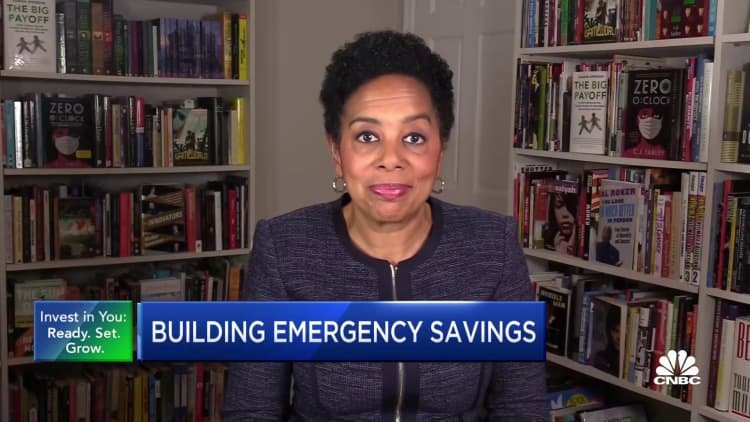Building an Emergency Fund: A Key to Retirement Security
Establishing an emergency fund is crucial for enhancing retirement prospects, especially for hourly workers who face fluctuating incomes. Experts highlight the importance of having a financial cushion to avoid dipping into retirement savings prematurely.
The Importance of Emergency Savings
Emergency funds serve as a financial safety net. They provide individuals with available cash for unexpected expenses, reducing the likelihood of withdrawing from retirement accounts. Research indicates that individuals with at least $2,000 set aside are less inclined to access their 401(k) savings before retirement age. This protective measure can significantly influence long-term financial stability.
Specifically, those with emergency savings are 19% less likely to take a loan against their 401(k) and 17% less likely to withdraw funds for financial hardships. Furthermore, workers transitioning to new jobs who maintain an emergency fund are 43% less likely to cash out their retirement savings compared to those without such buffers.
Addressing 401(k) Leakage
One of the pressing issues policymakers focus on is the "leakage" from 401(k) plans, particularly cash-outs, which can impede retirement readiness. Early withdrawals usually incur tax penalties and forfeit potential investment growth over the years. It has been estimated that preventing these early cash-outs could lead to an additional $2 trillion in 401(k) savings over a 40-year horizon.
Hourly workers are especially vulnerable to these challenges, as they are less likely to have adequate emergency savings. Studies reveal that even among individuals with similar earnings, those paid hourly tend to tap into their 401(k) plans more frequently than salaried employees. This trend is exacerbated by the inconsistency of their earnings, often compelling them to draw from retirement funds when immediate financial needs arise.
Steps to Create an Emergency Fund
Financial advisors generally recommend that households aim to save enough to cover three to six months’ worth of living expenses in their emergency fund. This includes essential costs like rent or mortgage, groceries, and utilities. However, even a small amount can make a difference for those struggling to get by.
To build an emergency fund, it’s advisable to store these savings in a safe, easily accessible account, such as a high-yield savings account or a money market fund, which typically offer better interest rates than conventional checking accounts.
For individuals on a tight budget, starting small can be effective. Setting aside just $10 to $25 from each paycheck can gradually lead to significant savings. It’s important to automate this process; either arrange for your employer to transfer a portion of your paycheck directly into the emergency account or set up an automatic transfer from your bank account.
Additionally, whenever receiving financial surprises, like bonuses or tax refunds, aim to save at least half of these additional funds. By prioritizing the establishment of an emergency fund, individuals can better protect themselves from future financial uncertainties and safeguard their retirement savings.
